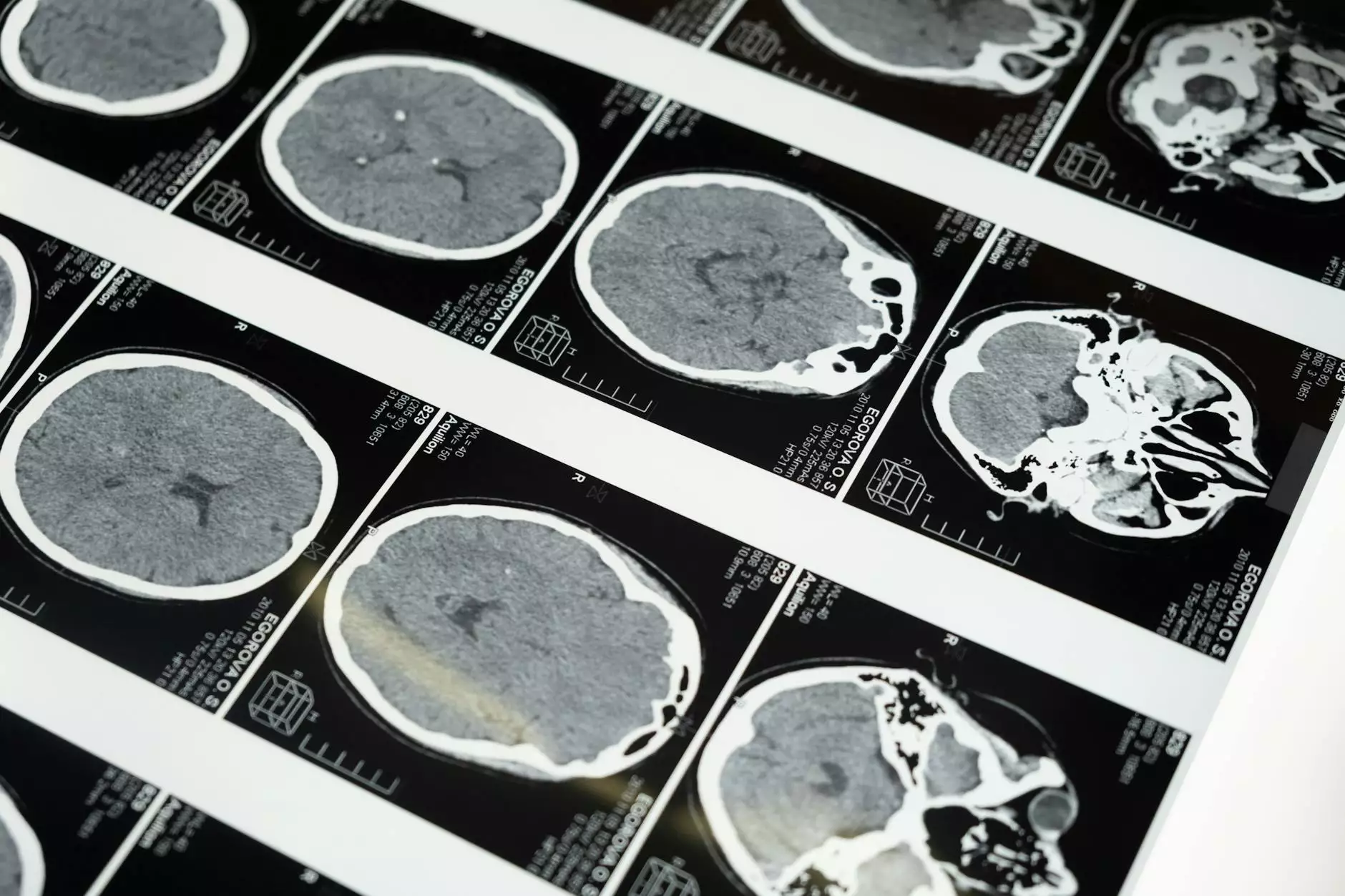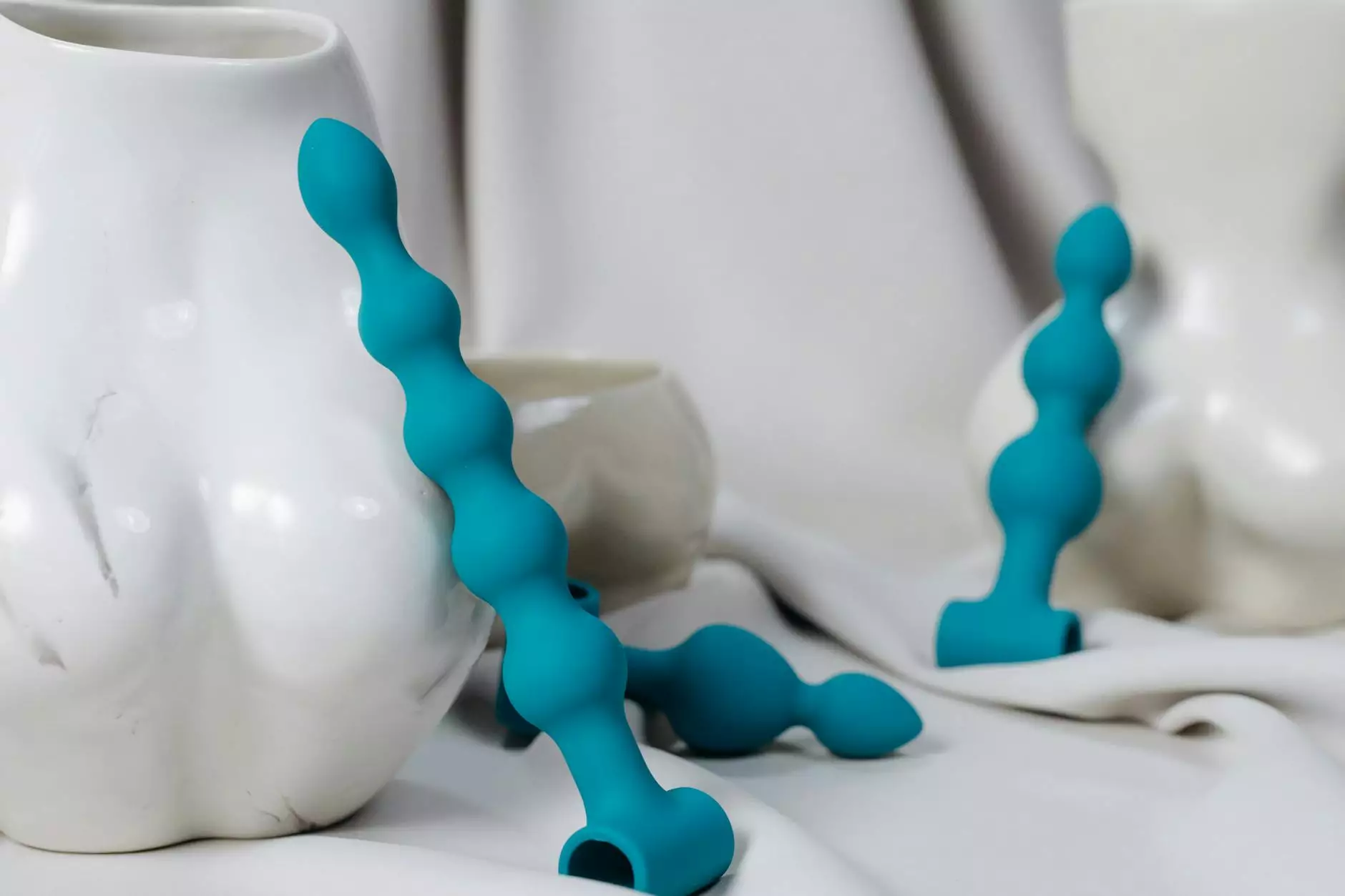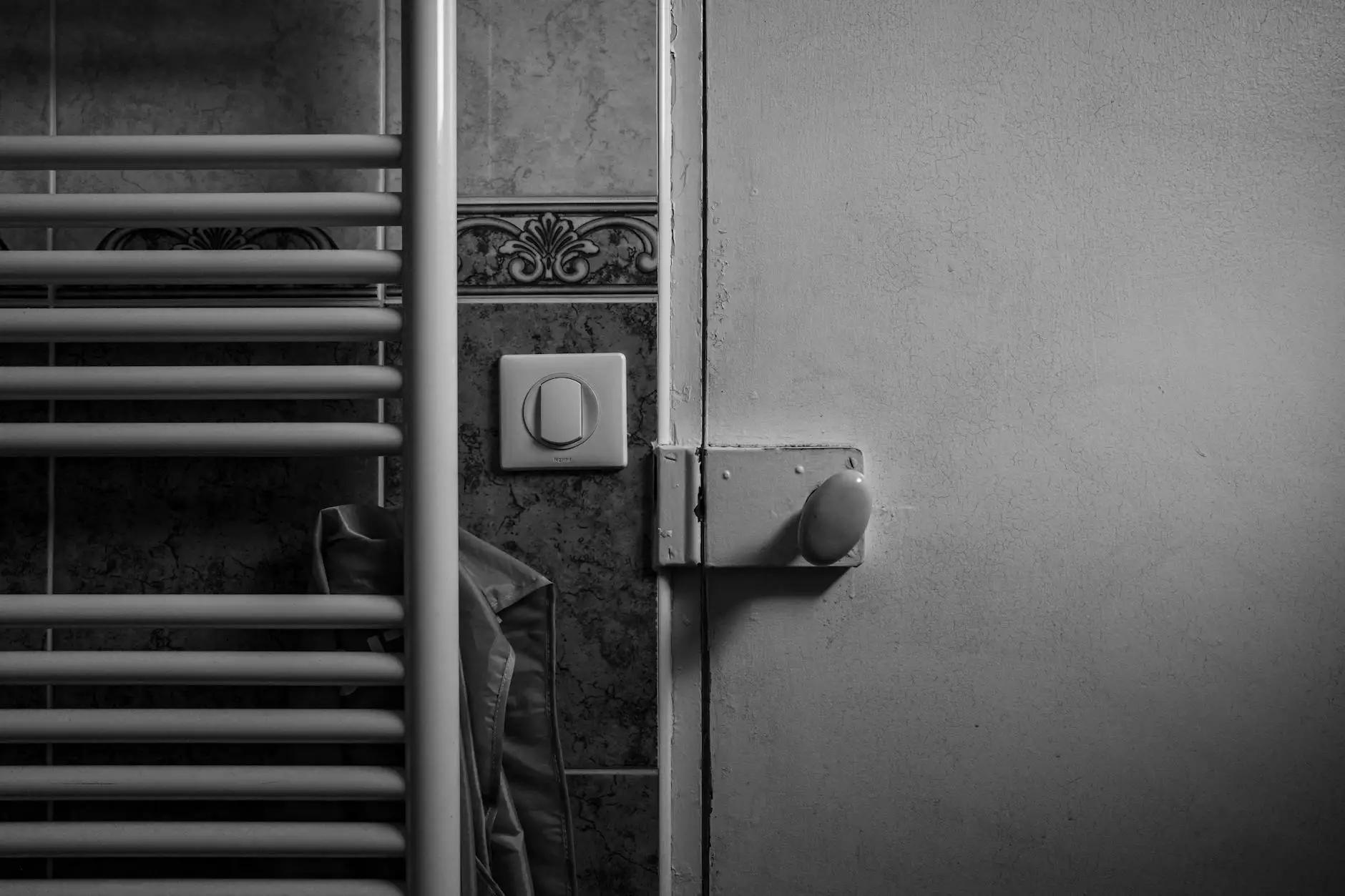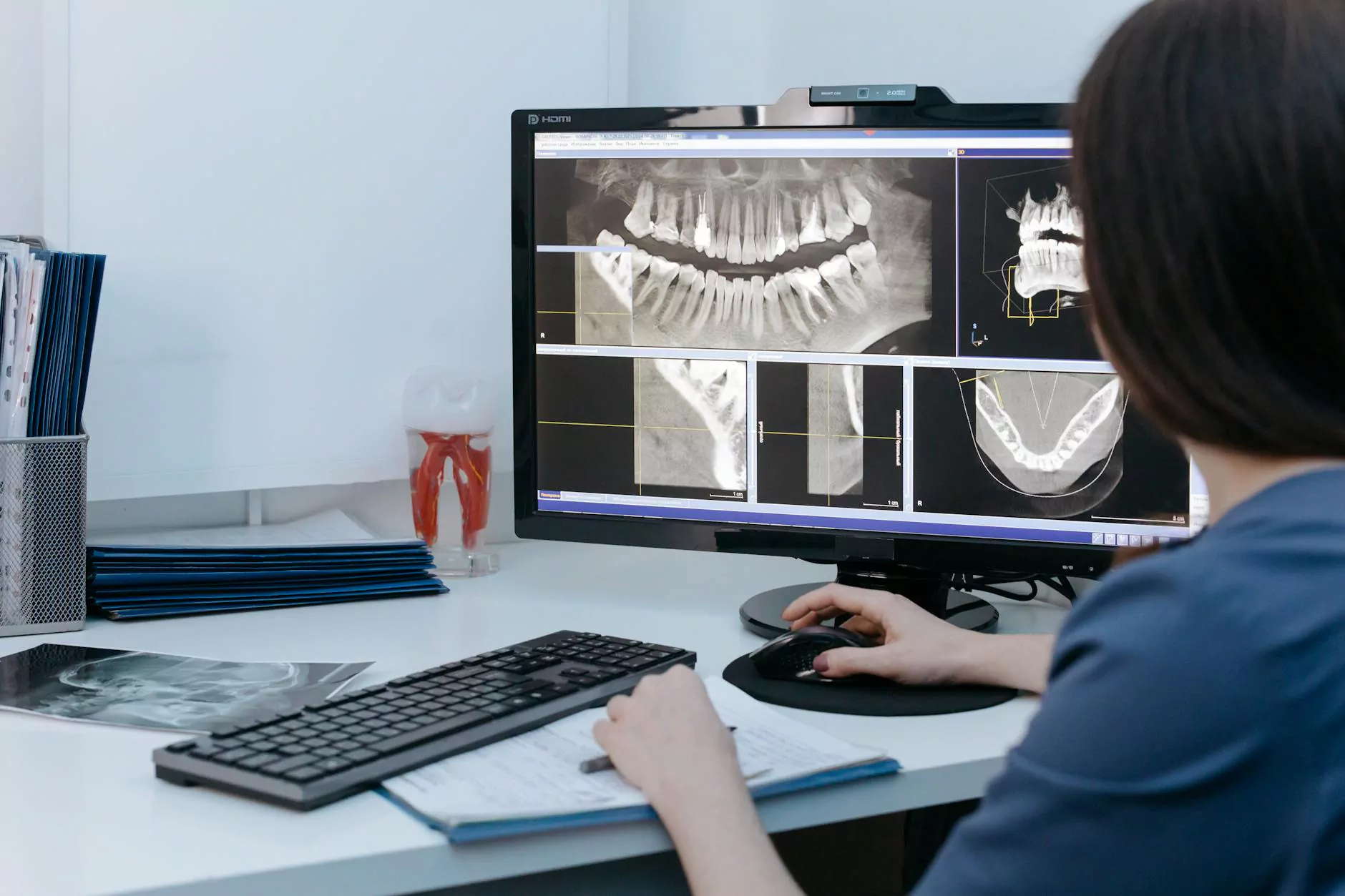Understanding Vein Sclerotherapy: A Comprehensive Guide

Vein sclerotherapy is a minimally invasive medical procedure that has gained significant popularity in recent years for treating varicose veins and spider veins. This treatment involves injecting a sclerosing agent directly into affected veins, causing them to collapse and fade from view. In this article, we will delve into the intricacies of vein sclerotherapy, its benefits, the procedure itself, and what to expect during recovery. Understanding these aspects can help potential patients make informed decisions for their vascular health.
What is Vein Sclerotherapy?
Vein sclerotherapy is a well-established treatment method for eliminating unsightly veins. By using a precise solution that irritates the lining of the blood vessel, the procedure effectively seals off the vein. This process redirects blood to healthier veins, thereby improving circulation and alleviating symptoms associated with varicose veins.
Why Choose Vein Sclerotherapy?
Patients opt for vein sclerotherapy for various reasons, including:
- Aesthetic improvement: Many individuals seek treatment to improve the appearance of their legs and reduce visible veins.
- Relief from symptoms: Varicose veins can cause discomfort, including aching, swelling, and heaviness, which are relieved through treatment.
- Minimally invasive: The procedure is quick, usually requiring only 30 to 60 minutes, and often performed in an office setting.
- No downtime: Patients can generally return to their normal activities almost immediately after the procedure.
The Vein Sclerotherapy Procedure
The vein sclerotherapy procedure is typically performed by a vascular specialist or a trained healthcare provider. Understanding the steps involved can help demystify the treatment:
1. Initial Consultation
During the initial visit, the doctor will evaluate the patient's medical history and examine the veins to determine the appropriateness of sclerotherapy. They may also perform an ultrasound to assess blood flow in the affected veins.
2. Preparing for the Procedure
On the day of the treatment, patients are advised to wear loose-fitting clothing. No anesthesia is usually needed; however, some clinicians may apply a topical numbing agent if necessary.
3. The Injection Process
Using a very fine needle, the doctor injects a sclerosing solution directly into the targeted veins. As the solution is introduced, patients may experience a slight burning sensation; however, this typically subsides quickly. The solution works by irritating the vessel lining, prompting the vein to collapse and eventually fade.
4. Post-Procedure Care
Following the injections, patients are usually required to wear compression stockings to support the treated area and promote better circulation. The doctor will provide specific aftercare instructions to optimize healing and results.
Benefits of Vein Sclerotherapy
Vein sclerotherapy offers numerous benefits, making it a highly regarded treatment option in vascular medicine:
1. Non-Surgical Option
This treatment is an excellent alternative to more invasive surgical procedures, allowing patients to avoid long recovery times and hospital stays.
2. Fast Results
Many patients notice significant improvements shortly after treatment, with full results appearing over the following weeks as the veins continue to fade.
3. Improved Quality of Life
By reducing the appearance of varicose veins and alleviating associated symptoms, patients often report an improved overall quality of life.
4. Safe with Few Side Effects
When performed by a qualified specialist, sclerotherapy has a low risk of complications. Most side effects, such as bruising or irritation, are mild and temporary.
What to Expect During Recovery
Recovery from vein sclerotherapy is generally straightforward. Here are some common aspects of the recovery process:
1. Immediate Aftercare
After the procedure, patients can expect to wear compression stockings for a few days to weeks, minimizing swelling and promoting healing.
2. Activity Recommendations
Most patients can resume normal activities right away, though they should avoid vigorous exercise for around a week. Light walking is encouraged to enhance circulation.
3. Monitoring Results
Patients should schedule follow-up visits with their doctor to monitor the results and assess whether additional treatments are necessary.
Potential Risks and Considerations
While vein sclerotherapy is considered safe, it is essential to discuss potential risks with your healthcare provider. Some risks include:
- Allergic reactions: Rare cases of allergic reactions to the sclerosing solution can occur.
- Blood clots: In very rare circumstances, blood clots can form in treated veins.
- Skin ulcers: Some patients may develop skin ulcers or discoloration at the injection site.
Conclusion
In summary, vein sclerotherapy is an effective, minimally invasive treatment for varicose veins and spider veins, offering significant cosmetic and health benefits. Whether you're seeking aesthetic improvements or relief from painful symptoms, this procedure may be an excellent option for you.
Always consult with a qualified vascular medicine specialist, such as those at trufflesveinspecialists.com, to tailor a treatment plan that meets your individual needs. With the right information and professional guidance, you can take the next step towards healthier, more beautiful legs.
Frequently Asked Questions
1. How many sclerotherapy treatments will I need?
The number of treatments varies based on the severity of your condition. Some patients require only one session, while others may need several.
2. Is sclerotherapy painful?
Most patients report only mild discomfort during the injections, similar to a mosquito bite. Any pain can usually be managed with over-the-counter pain relief.
3. How long does the effect of sclerotherapy last?
Many patients enjoy long-lasting results, but factors like genetics and lifestyle can influence how long the effects last. Regular check-ups are recommended for maintenance.
4. Can anyone undergo vein sclerotherapy?
While most individuals are candidates for sclerotherapy, those pregnant or with certain medical conditions should consult their doctor to ensure it's appropriate for their situation.









